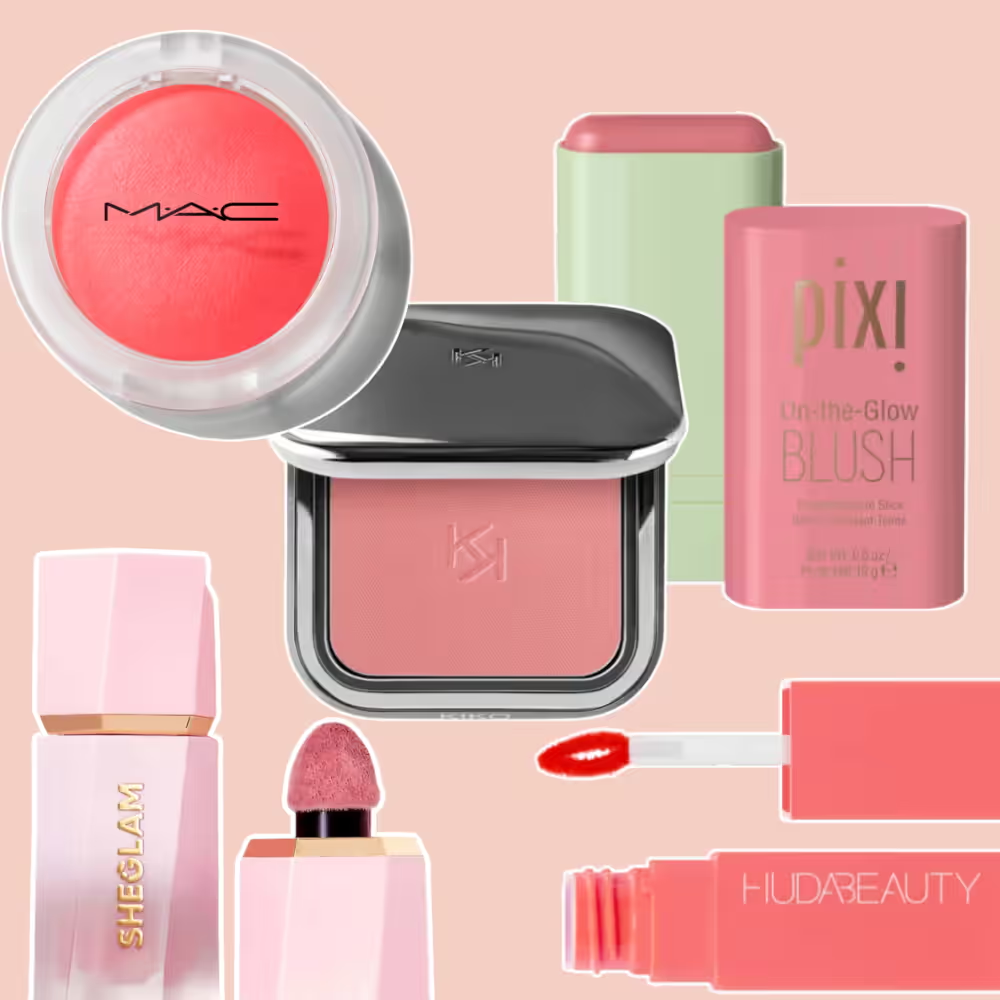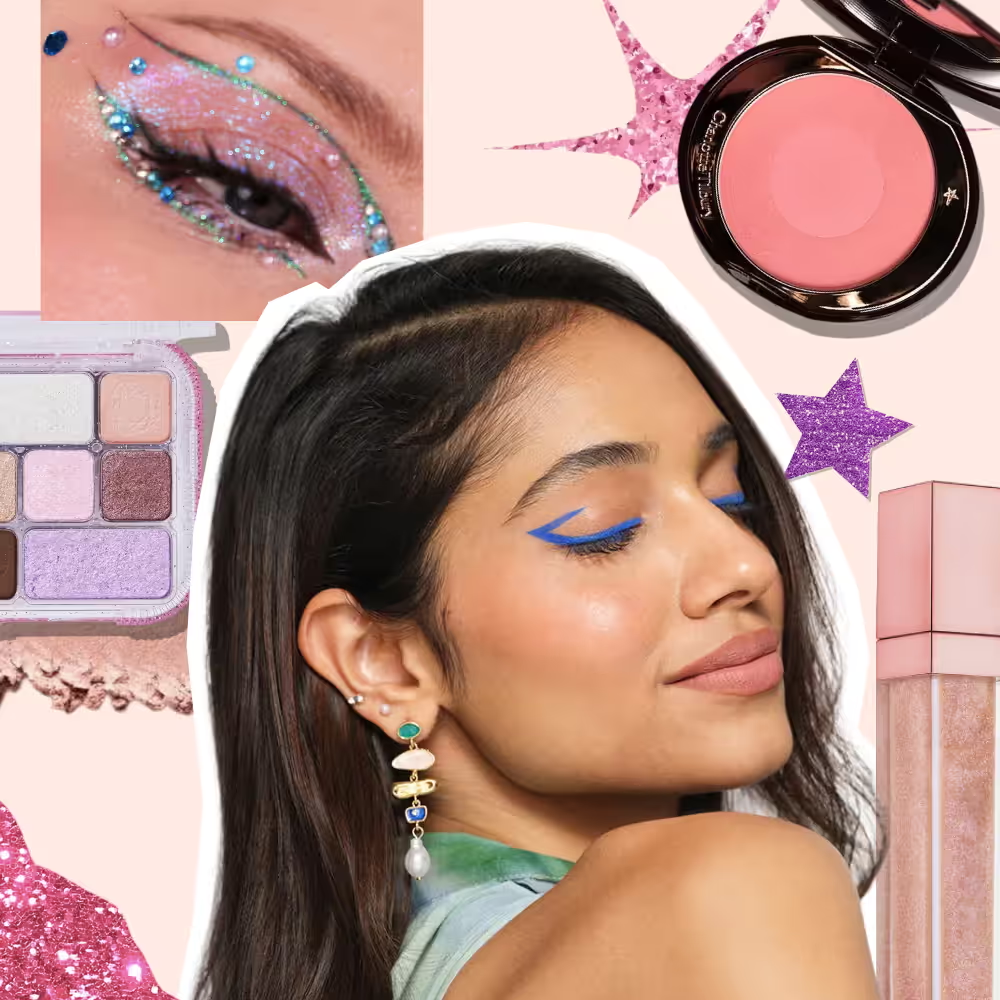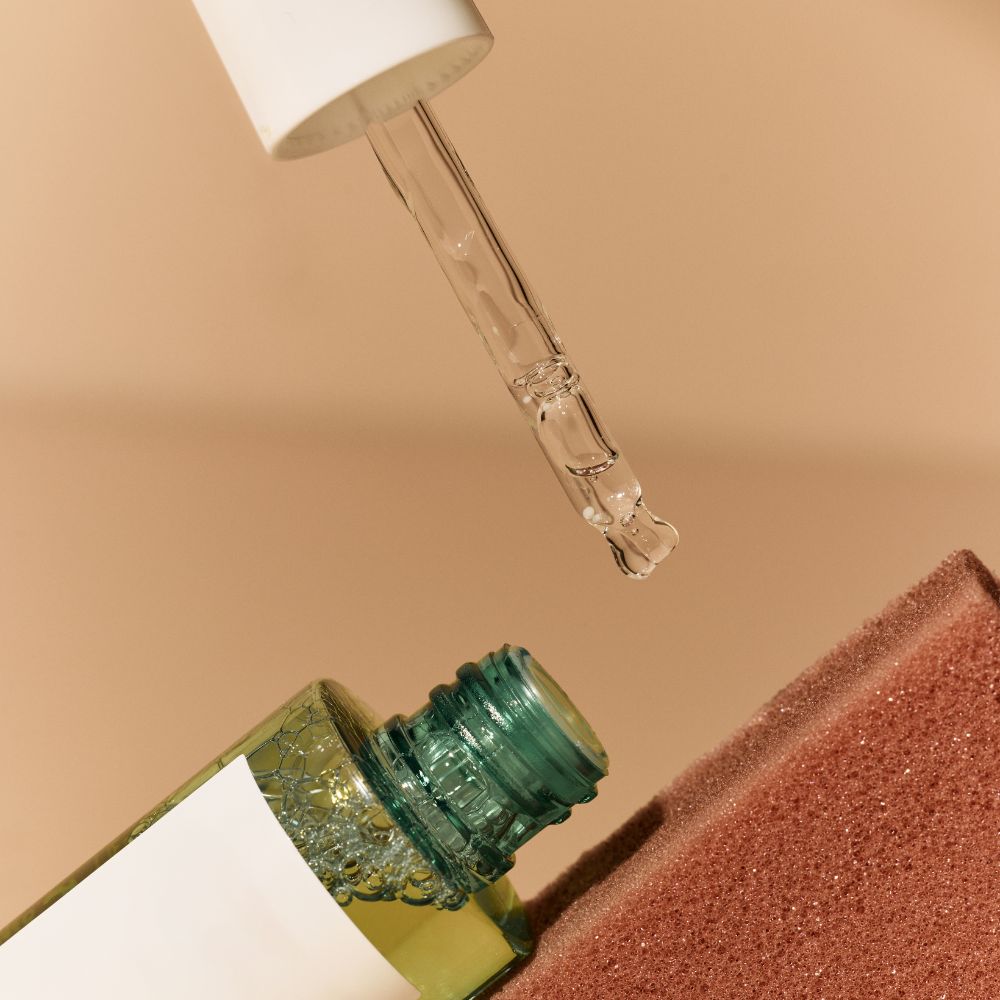
Everyone understands the significance of adhering to skincare and haircare routines, relishing pampering moments like a rejuvenating face mask or a relaxing hair spa. Yet, do we extend the same care to our nail health? Their role in warding off infections is notable. Moreover, the appearance of nails offers insights into our well-being. Dr. Shefali Trasi Nerurkar, a Consultant Dermatologist at Dr. Trasi Clinic & La Piel Skin Clinic, emphasizes, "Nails, composed of keratin, form a protective shield against external infections and reflect internal health—unhealthy nails could signal underlying systemic issues." Curious about what constitutes healthy nails? Dr. Trasi-Nerurkar deciphers the criteria for you.
What your nails should look like: The nail health signs
#1 - Texture: Nails should be smooth. Any ridges or bands indicate nutritional deficiency, infection, or skin conditions like psoriasis or lichen planus. It can also be a reaction to any sort of drug.
#2 - Strength: Nails are tough and shouldn’t tend to break easily. Brittleness or easy breakage of nails points towards a nutritional deficiency such as iron, an injury, or an adverse drug reaction.
#3 - Colour: Healthy nails are light pink naturally—the hue is derived from a healthy nail bed. To make sure your nails are receiving adequate blood supply, press the nail for a few seconds and then release. When pressed, your nails become pale, before they regain their pinkish hue. A well hydrated nail will immediately regain that pink colour. Remember, nails are usually a pale colour. A change of colour to white, yellow, or black, indicates trauma or infection.
#4 - Growth: Adequate growth of nails beyond the nail bed indicates healthy nails.
#5 - Cuticles: The presence of cuticles is a good sign, as cuticles prevent any infection from entering the nail bed. That’s why the removal of cuticles during a manicure-pedicure should be avoided.
#6 - Skin: Pay attention to the skin surrounding your nail bed too. Any infection of the skin around the nail impacts the nails and nail bed. Therefore, good hand hygiene practices are extremely essential.

What your nails should not look like
#1 Onycholysis: When the nails start separating from the nailbed it indicates onycholysis. It indicates trauma, infection or skin problems like psoriasis and lichen planus.
#2 Pitting: Small pits in the nails point to skin diseases like psoriasis, atopic dermatitis and alopecia areata.
#3 Discoloration: Green colour indicates bacterial nail bed infection. White colour indicates fungal infection, trauma and nutritional deficiency. Yellow nails is an indication of nail disease or systemic diseases involving lungs and joints. Black line on the nail indicates melanoma.
#4 Onychomadesis: Deep grooves along the width of the nail is a sign that the nail has stopped growing leading to a groove along the nail plate. This is seen due to trauma, chemotherapy, stress, and other factors.
#5 Onychogryphosis: Overgrown curved nails. These are genetic or seen in patients with conditions like psoriasis and ichthyosis.
#6 Paronychia: Pain or inflammation and swelling along the nail borders indicates paronychia. It is seen in infections or trauma or after an intense manicure led to secondary infection.
The 5 commandments of nail care: caring for your nails at home
If you’re looking to maintain regular nail health, it’s important to incorporate a few nail care practices (just like your hair and skin routine), into your daily life.
#1: Trim your nails regularly—use appropriate tools and don’t bite them.
#2: Cut the nails in a straight line—avoid trimming them too short.
#3: Mani-pedis are good to maintain hygiene, but avoid getting them too often! Remember, not to cut the cuticles when getting your mani-pedis done.
#4: Always apply nail moisutrisers to hydrate the cuticles and the skin surrounding your nails.
#5: Eat a diet rich in nutrition that helps maintain your nail health internally.
What if I get acrylic nails & gel polish?
According to Dr Trasi-Nerurkar, frequent use of acrylic or gel polish can often result in flakiness of the upper layer of your nail because of the removal process. “Don’t make it a regular habit. Give a break between applications,” she highly advises. “Research has also shown that UV light used for gel polish can leave your skin susceptible to sun damage (or even skin cancer), so use sunscreen on your hands before exposing it to the light. And lastly, apply a moisturiser or cuticle oil to hydrate your nails and the skin surrounding it.”











.PNG)
















